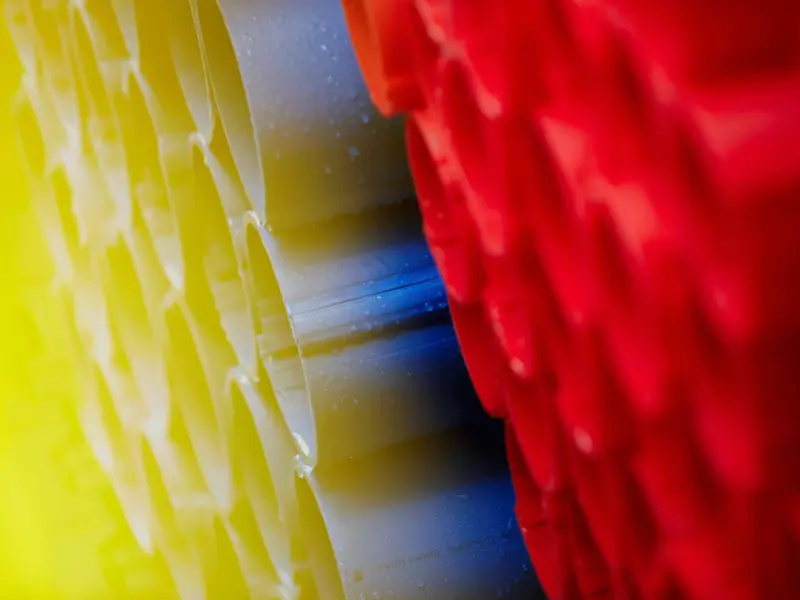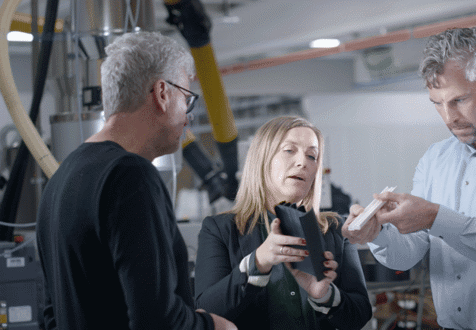Yes! Traditionally plastic has been made from petrochemicals such as natural gas and crude oil, and this is still the most used method. But plastic can be made from many different raw materials. For instance, plastic can be produced from organic material such as starch, which can be derived from a number of sources, including wood and vegetable waste.
Bio-based plastics play a central role in climate reduction. What is special about PVC plastic is that more than half of the raw material is salt, which is an inexhaustible resource. The remainder, which today is produced from oil or gas, can eventually be replaced by a bio-based raw material resulting in a 90% decrease in CO2. Two major producers of PVC raw materials have just presented bio-based PVC. In Sweden, a collaboration between the PVC industry and other plastic industries, universities, and governmental entities is researching whether lumber remnants can be transformed into plastics raw material.
There is a lot of controversy about the use of land for plastic production. Currently, only 0.02 percent of agricultural land is used to supply bio-plastic, but with the rising interest and demand, the percentage of land use is expected to rise.
If the bioplastic industry expands into more agricultural land, some worry it will take over land that is needed to feed the world population. It is therefore crucial that bio-plastic is made from waste products.





















